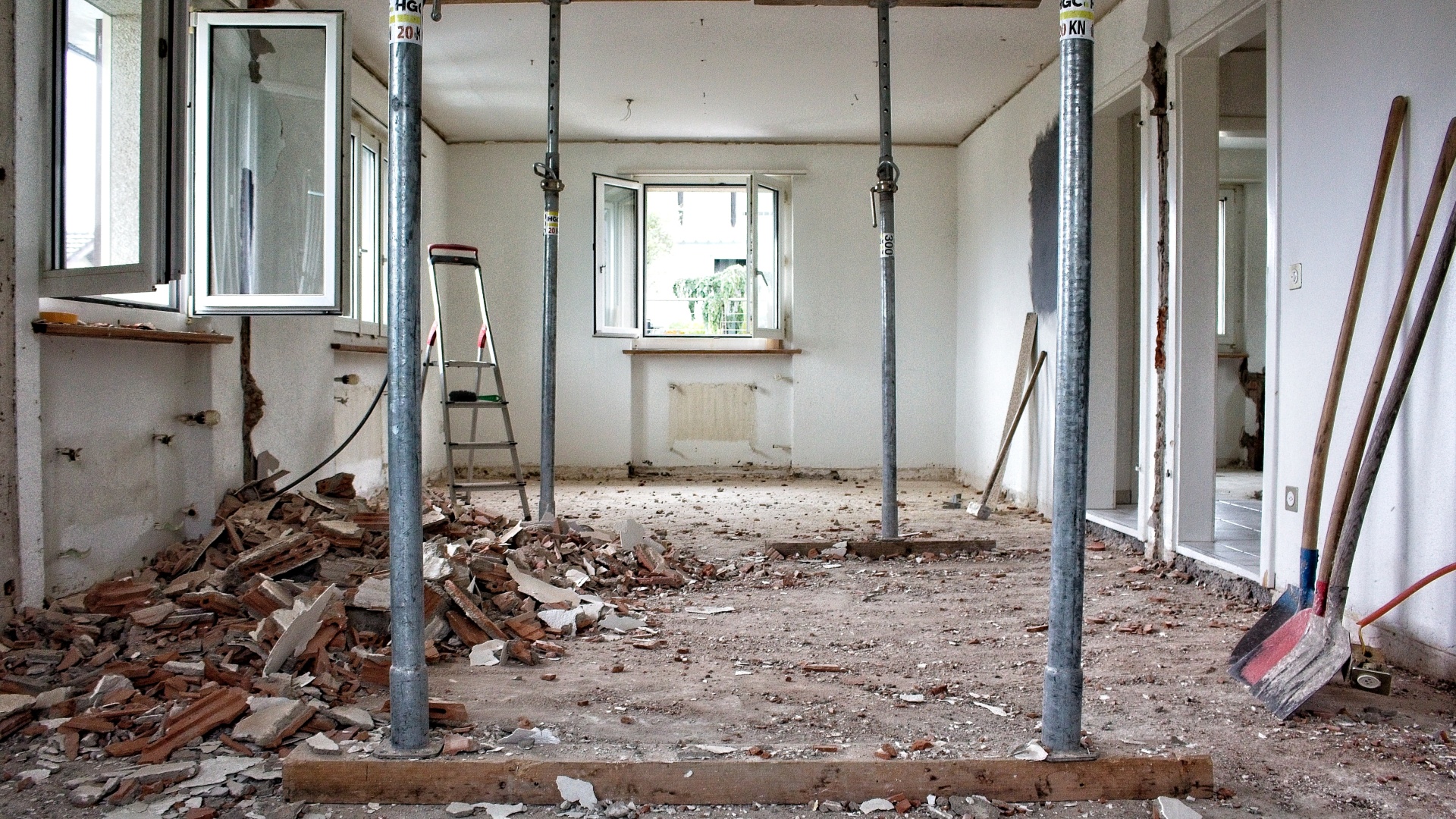When you look at buildings as you walk by them, you probably don’t give much thought to how they were constructed, the materials that were used, or how stable the foundation is. This is because most people don’t think about these things, unless you happen to be an engineer, in which case your job description already includes those duties. But the fact of the matter is that structural integrity is integral to our towns, villages, and residences, and that without it, our cities would not grow any higher than the level of the pavement. We can nevertheless take a quick look at this issue, since it truly is pretty fascinating, and knowing about it is beneficial, even if you will not be required to write a dissertation on this subject in the near future.
Well, what is it?
Put as simply as possible, without all the scholarly mutterings, “safety engineering” is a field in engineering that exists to ensure that a structure, or a component of a structure, is fit for purpose under standard operating conditions and is safe in the event that conditions exceed those intended for the original design. This includes factors like supporting its own weight, trying to prevent deformation, simply breaking, or other catastrophic failures during the structure’s predicted lifetime. So you want to go with quality materials, as seen at Network Steel, and cross a question mark off your list. Structural integrity is not just a matter of good design, and then that is it; you can just walk away and forget all about it. The integrity of the structure needs to be maintained for the life of the structure. So, periodic maintenance and inspection are necessary. This is the engineer’s job, designing structures that are reliable and safe and that perform their designed function for as long as is intended.
Weak Structures
Let us look at some of the causes that might contribute to structural collapse, which can vary from the industry to the environment to the application of the structure. Things like weak structures, where the structure simply isn’t strong enough to support the weight that it is subjected to, are frequently due to things like material choice, which is why it is so important to pick materials that you can trust to not fail you in the worst of times. Moreover, inappropriate geometric design, a flaw that obviously dates back to the first time the plans were put on paper, is why competent, dependable engineers are absolutely essential.
Deterioration
Another factor that may lead to structural failure is structural deterioration, which can occur for a variety of reasons, including fatigue, corrosion, rot, creep, or just ordinary wear and tear. These fatigue failures are set into motion when cracks begin to form at high-stress regions, and these cracks grow and expand when they are subjected to “cyclic loading,” which ultimately results in sudden failure. Once again, these can be the result of poor design, the wrong material choice, once again highlighting how important dependable, appropriate materials are, or maintenance, which we also mentioned, where the structure needs to be regularly inspected and maintained.
Manufacturing Errors and Materials
It should come as no surprise that mistakes made during production may result in significant complications, the most common of which include failing to adhere to established manufacturing standards or processes, poor craftsmanship, or the use of inappropriate materials. How can you create anything if the materials that you are using to construct the building are incorrect, to begin with? This is a disaster that is just waiting to happen, like a bomb with a fuse that is primed to go off at the smallest disturbance in the environment. Defective materials that do not correspond to the standards also result in a lower load bearing than was initially planned and developed for the product. However, if the building that is being constructed is not being utilized for the reasons for which it was designed, then all of the wonderful materials that you are able to get your hands on will not really matter in the long run. If this is the case, then issues will be knocking on the door shortly.
The Role Of Materials Manufacturers
Various manufacturers play pivotal roles in architectural and construction projects by supplying necessary materials, components, and equipment.
Concrete and cement manufacturers provide foundational elements, while lumber and wood manufacturers offer materials for framing and architectural features. Glass and window manufacturers contribute to aesthetics and lighting. On the other hand, masonry product manufacturers supply bricks and blocks, and roofing material manufacturers offer weatherproofing solutions.
HVAC and electrical equipment manufacturers provide climate control and power systems. Plumbing fixture manufacturers ensure water supply and drainage. Moreover, flooring, paint, lighting, and furniture manufacturers enhance interiors. Insulation, solar panels, building envelopes, and facade manufacturers contribute to energy efficiency, sustainability, and aesthetics.
Scaffolding and formwork manufacturers ensure structural integrity and safety by employing skilled engineers and designers for system design. They meticulously select high-quality materials like steel, aluminum, or engineered wood to withstand construction site conditions. Rigorous quality control processes monitor manufacturing, including inspections of raw materials and fabrication techniques.
Manufacturers subject systems to load, stability, and environmental tests to identify and rectify weaknesses. Obtaining certifications from recognized organizations validates compliance with standards. Clear installation guidelines and user manuals prevent errors during assembly. Training programs educate construction crews on proper assembly and dismantling.
Customized solutions are tailored to project needs, enhancing stability. Regular maintenance and inspections sustain optimal conditions, and manufacturer feedback loops drive continuous improvement. Overall, these steps collectively uphold the structural integrity of scaffolding and formwork systems in construction projects.
Of course, terrible things can and sadly do happen, no matter how well, thoughtfully, and carefully something is designed and constructed. But there is nothing you can do to insure yourself against what the future may bring. As long as you can, you do what you can, and you do your best, and ensuring that structural integrity is good and solid is the best way to start.












